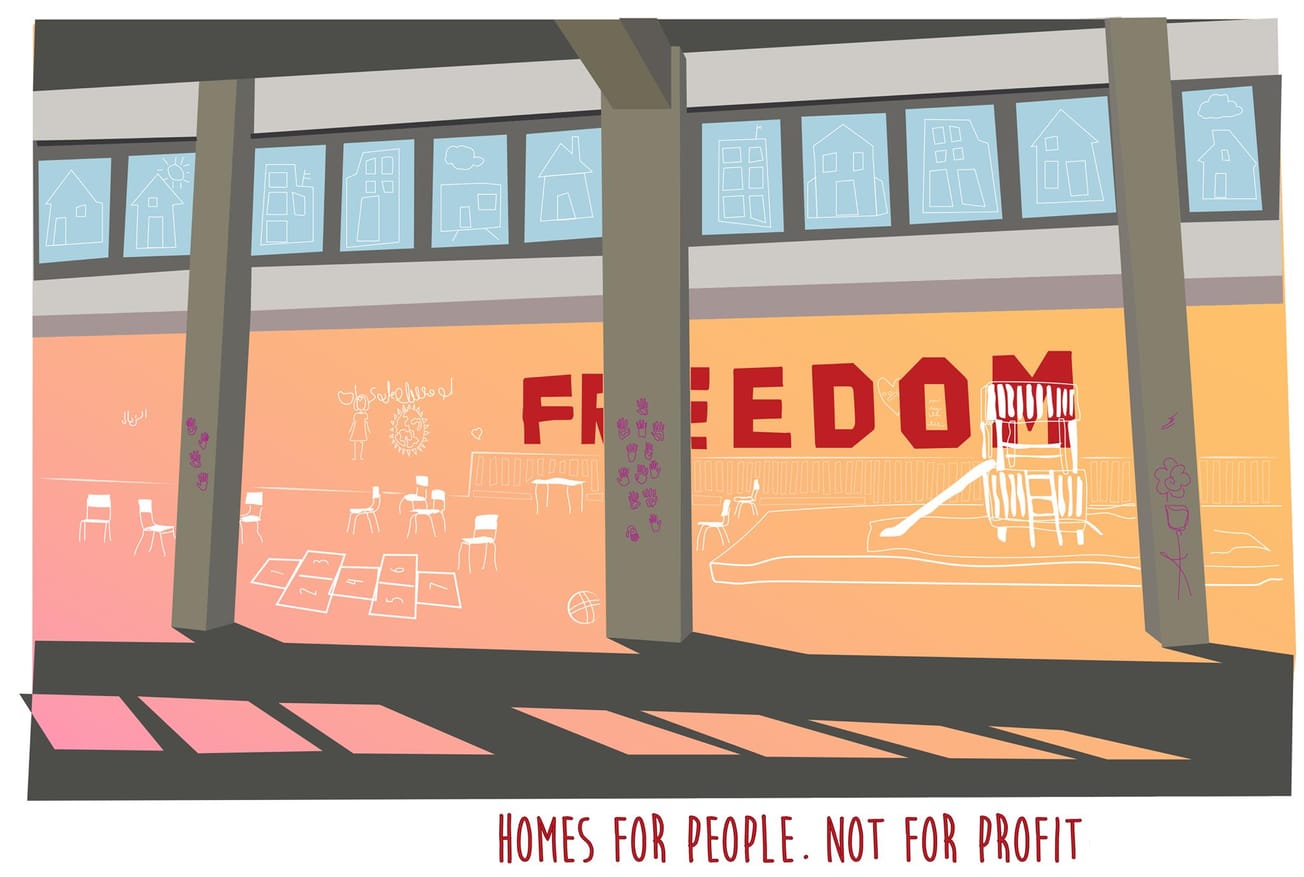Ellie Rowe discusses how the new Snapchat update has made the app harder to use and could worsen self image
Snapchat has changed a lot since its launch in 2011 – initially, it was a fairly straightforward, simple photo-sharing app that fed on the growing presence of social media in our lives and the desire to share the day-to-day events of your life with your friends and family. However, after Snapchat’s most recent update, its interface and user-friendly design have become a lot more complicated, leading to over 800,000 users to sign a petition for a redesign.
Kylie Jenner, renowned for her use of Snapchat, publicly announced that her use of the app after the redesign has decreased, prompting her followers on both Twitter and Instagram to agree with her opinions on the new design. As we all know, what Kylie Jenner says, goes.
sooo does anyone else not open Snapchat anymore? Or is it just me... ugh this is so sad.
— Kylie Jenner (@KylieJenner) February 21, 2018
The main issue with the redesign is the interference of the app with our ability to decide what we want to see, and what we don’t. The new ‘stories’ app encourages us to swipe blindly through each media broadcast – as soon as you finish reading all the content from one digitized outlet, it immediately connects you to the next one without much indication that you’ve finished reading everything from that outlet.
This confusion is encouraging people to engage with and swipe through media outlets such as The Sun and The Daily Mail, which perpetuate harmful misogynistic and xenophobic stereotypes that are now more accessible than ever. Whilst we used to be able to choose that we wanted to watch Vice’s exploration of ‘why we date who we date’ without having to read about Kim Kardashian’s latest nude photo straight afterwards, now we are encouraged to read that article, followed by some drivel about Love Island and lots of stories about pink Starbucks drinks.
The new Snapchat seems to be rooted in the idea that apps ... are becoming too similar
According to a study conducted by eMarketer, 78.6% of snapchat users are 18 – 24 year olds, encompassing the majority of young people about to go to or already at University. Growing up alongside the development and hyper-popularity of apps like Snapchat, Instagram has become a fundamental part of a young person’s life.
The encouragement of the new Snapchat design to constantly consume endless celebrity stories and harsh criticisms of behaviour and body type is also encouraging the younger generation to behave in a way that conforms to the opinions of things like The Sun and The Daily Mail.
Another issue with the app – an issue ever present in any university student’s life – is clutter. Having the stories in the same place as where you receive snapchats from others makes it appear as if there is “too much going on”, according to one Bristol University student when asked about the new design.
Introducing the new Snapchat!!https://t.co/2gwVskpY1M
— Snapchat (@Snapchat) November 29, 2017
There is a strong feeling that the introduction of the Bitmoji alongside the users name as well as placing the stories in the same place as everything else makes everything visually saturated, and encourages people to open things immediately without checking what it is or who it has come from.
If strikes and snow have proven anything, it’s that we’re not big fans of change
The new Snapchat seems to be rooted in the idea that apps, as they compete against each other for popularity, are becoming too similar. As Instagram and Facebook have both introduced this feature of the ‘story’, where you can upload something current about your day (a feature that was previously unique to Snapchat), many feel as if apps are all trying to do the exact same thing.
Snapchat’s decision to change how it works and what content it produces may be a reaction to pressure from other apps that now offer similar experiences. But, frankly, the major issue with students at the moment is that the once simple app, which required very little brain power, has become a little too complex for us millennial students. If strikes and snow have proven anything, it’s that we’re not big fans of change.
Snapchat can rest easy, however – as a social media presence, Snapchat has become so ingrained to everyday life that no matter what changes it implements, it’s user count will undoubtedly remain considerably high. Those 78.6% of 18 – 24 year olds have most likely been using the app since it was first launched in 2011, and old habits die hard.
Featured image: Unsplash/Jenna Day








